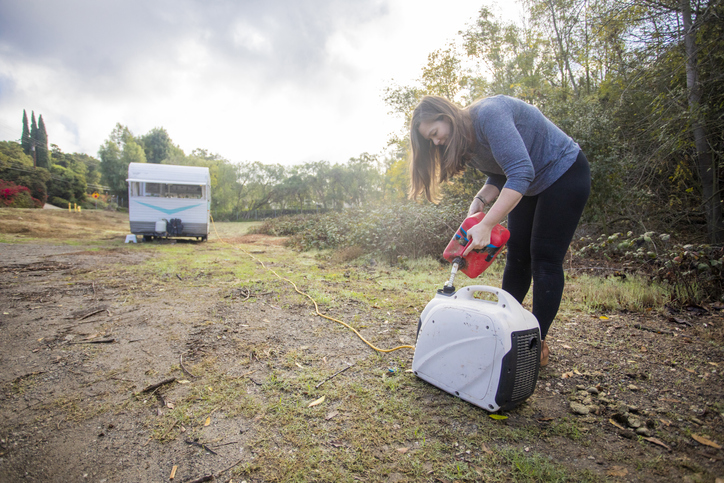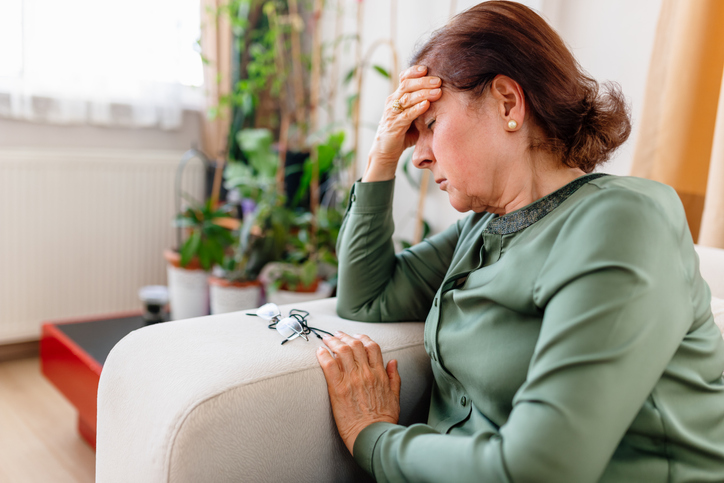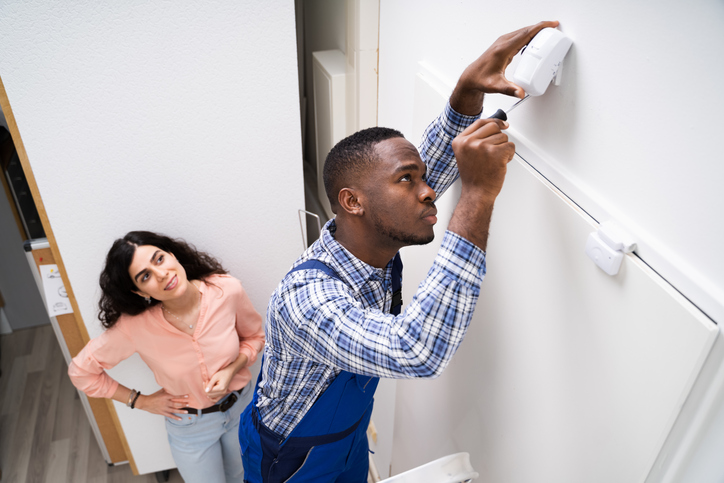After a hurricane: Watch out for Carbon Monoxide danger
- Category: New Orleans
- Posted on:
Carbon monoxide is often called the silent killer because it's colorless, odorless, and tasteless.
Safety tips for using a portable generator

- Never use a generator in your home or garage, even if the doors and windows are open
- Use generators outside, more than 20 feet away from your home, doors, and windows
- Keep the generator dry and do not use it in rain or wet conditions
- Do not touch the generator with wet hands
- Store fuel for the generator in an approved safety can
- Use the type of fuel recommended in the instructions or on the label on the generator
- Turn the generator off and let it cool down before refueling
- Gasoline spilled on hot engine parts could ignite
Remember, even a properly connected portable generator can become overloaded, resulting in overheating or generator failure. Be sure to read the instructions.
Symptoms of carbon monoxide poisoning

Carbon monoxide poisoning should be suspected if multiple people have "flu-like" symptoms all at once, especially if fever is absent.
Another sign is if a person improves when out of the area where suspected carbon monoxide exposure is occurring.
Carbon monoxide poisoning symptoms include:
- headache
- dizziness
- weakness
- vomiting
- chest pain
- confusion
- seizure
- loss of consciousness
- death
If a person develops symptoms consistent with carbon monoxide poisoning, evacuate the area immediately and call 911.
Can carbon monoxide poisoning be treated?
Treatment for carbon monoxide poisoning reduces the risk of permanent brain or heart injury, but patients may still suffer a disability.
It's crucial to take precautions to prevent and avoid carbon monoxide exposure.
Preventing carbon monoxide poisoning

Install carbon monoxide alarms in central locations on every level of your home and outside sleeping areas to provide early warning of accumulating carbon monoxide.
Test the batteries frequently and replace them when needed. If the carbon monoxide alarm sounds move quickly to a fresh air location outdoors or by an open window or door.
More information:
NOLA Ready after-storm recovery resources
The American Red Cross has more on carbon monoxide poisoning

